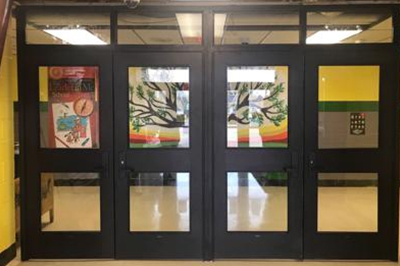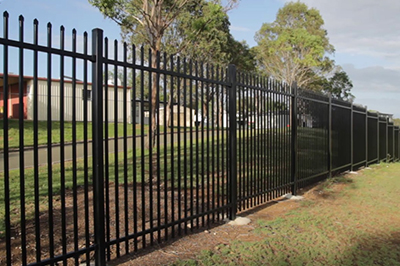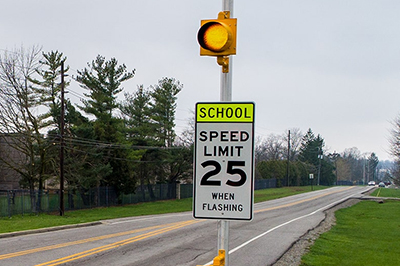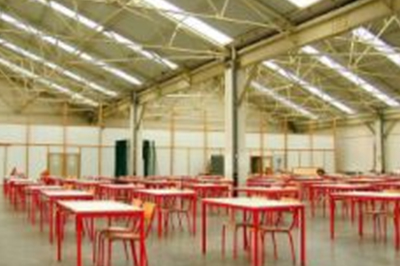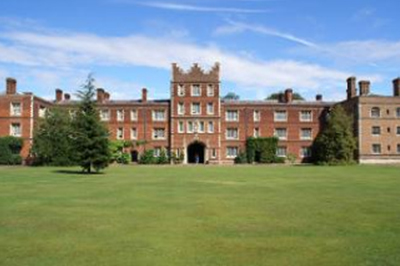Safety in School Campus
Safety in School Campus
Secured Building Entry (SBE)
Controlled access for students, staff, and the public.
From the supporting literature (linked), raising school entrance by few inches is a symbolic barrier to control crime.
The result of the OKHS field study is not consistent with the findings of the literature reviews.
Secured Operation (SO)
Physical barriers between students and public street. e.g. Fences, Trees, Walls, etc.
From the supporting literature (linked), fences and real barriers can be effective against a determined crime.
Direction Window Face in a room.
From the supporting literature (linked above), Northern and Southern classroom orientations improve energy saving in buildings. Classroom window orientation influences the amount of air that goes in and out of a classroom, and also the quality of indoor air.
Site Fencing (SF)
Barriers enclosing the campus or main facilities of the school requiring permission to enter.
From the supporting literature (linked), fences and real barriers can be effective against a determined crime.
Closest Street
Type of closes public street.
From the supporting literature (linked), school closest to streets should have the speed limit 25 mile/h (40 km/h).
Closed Campus (CC)
The school campus is secured requiring permission to enter.
From the supporting literature (linked), it is important to secure the school premises requiring permission to enter.
Saferooms
The school provides a safe room or storm shelter area.
Outdoor Green Areas (OGA)
Outdoor green spaces such as playground areas and its association with safety in school buildings and feeling safe among students.
From the supporting literature (linked), greening vacant lots are associated with the following; (a) improved health, (b) reduction in violence and victimization, (c) reduction in crime and vandalism, (d) reduction in stress level, and (e) increase in physical exercise.
Outdoor Green Areas (OGA)
Any outdoor or indoor area with limited visual supervision.
From the supporting literature (linked), the presence of potential problem areas such as hidden stairways should be avoided to discourage students from engaging in illicit behavior.
References
1. Branas, C. C., Cheney, R. A., MacDonald, J. M., Tam, V. W., Jackson, T. D., & Ten Have, T. R. (2011). A difference-in-differences analysis of health, safety, and greening vacant urban space. American journal of epidemiology, 174(11), 1296-1306.
2. Coulbourne, W. L., & Miller, J. (2012). Performance of school buildings in the Joplin, MO, Tornado. In Structures Congress 2012 (pp. 989-998). Chicago
3. Giles-Corti, B., Wood, G., Pikora, T., Learnihan, V., Bulsara, M., Van Niel, K., … & Villanueva, K. (2011). School site and the potential to walk to school: The impact of street connectivity and traffic exposure in school neighborhoods. Health & place, 17(2), 545-550.
4. Katyal, N. K. (2002). Architecture as crime control. The Yale Law Journal, 111(5), 1039-1139.
5. Kumar, R., O’Malley, P. M., & Johnston, L. D. (2008). Association between physical environment of secondary schools and student problem behavior: A national study, 2000-2003. Environment and Behavior, 40(4), 455-486.
6. U.S. Department of Homeland Security. (2012). Mitigation Assessment Team Report – Spring 2011 Tornadoes: April 25-28 and May 22 (FEMA P-908). Federal Emergency Management Agency (FEMA). retrieve from: https://www.fema.gov/media-library/assets/documents/25810
7. U.S. Department of Homeland Security. (1999). Building Performance Assessment Report. (FEMA 342). Federal Emergency Management Agency (FEMA). retrieve from: https://www.fema.gov/media-library-data/20130726-1443-20490-7720/fema342.pdf




